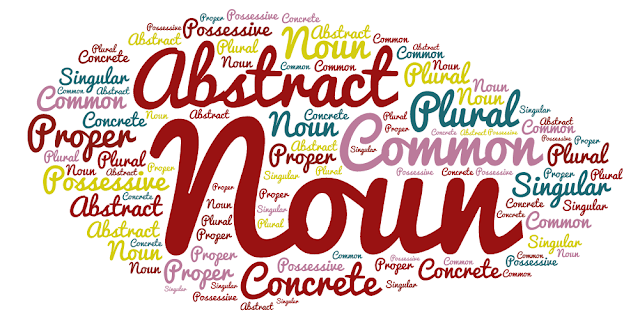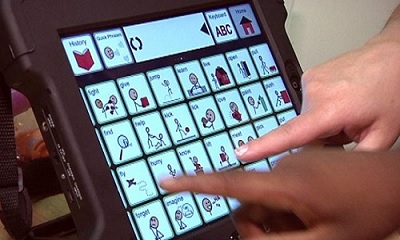Did you know that 85% of spoken language is comprised of just 250-350 words?
When you are using Alternative and Augmentative Communication (AAC) with your child, make sure that you are getting the “most bang for your buck” by teaching them words that are flexible. This is where core vocabulary comes in to play! Core vocabulary is a small selection of words that are highly versatile for communicating. You can use them in a variety of contexts and therefore have many chances to use them throughout the day. Core vocabulary consists primarily of pronouns, verbs, descriptors, and prepositions. Very few nouns are included because they are so situation-specific.
Learn more about the “dangers of living in ‘Noun Town’”: https://aaclanguagelab.com/files/nountown.pdf
The Center for Literacy and Disability Studies has done extensive research to determine the words most often used during communicative exchanges. Below is a list of the first 36 “Universal Core” words. These are the words that are used most often during communicative exchanges.
|
all |
can | different | do | finished | get |
|
go |
good | he | help | here |
I |
|
in |
it | like | look | make | more |
| not | on | open | put | same |
she |
|
some |
stop | that | turn | up | want |
| what | when | where | who |
why |
you |
You know the importance of using core language, now what? Model, model, model! Just like how children who use verbal language learn by listening to adult models, children who use AAC learn best if they are provided with a model of how to communicate meaningfully with their AAC system. Modeling the use of an AAC system is also known as Aided Language Stimulation. Aided Language Stimulation is when a “communication partner teaches symbol meaning and models language by combining his or her own verbal input with a selection of vocabulary on an Augmentative and Alternative Communication (AAC) system” (Prentke Romich Company). As your child’s language skills grow, you can model more complex word combinations. The table below outlines the procedure for providing Aided Language Stimulation with examples as your child’s language skills grow from the one, two, and three-word level:
| Procedure | Example with “go” | Example with “turn up” | Example with “I want open” |
| 1.Make sure your child is attending to AAC system. | Gain attention | Gain attention | Gain attention |
| 2.Select icons on your child’s AAC system that models appropriate message. |
With AAC system, select: go Say: “go” |
With AAC system, select: turn and up Say: “turn up” |
With AAC system, select: I, want, and open Say: “I want open” |
| 3.Create a complete sentence verbally. | Say: “I want to go.” | Say: “I want to turn it up.” | Say: “I want to open it.” |
| 4.Ask your child a follow-up question to keep the process going. | Say: “Would you like to go?” | Say: “Would you like to turn it up?” | Say: “Do you want to open it?” |
Learn more about the importance of modeling for children who use AAC: https://www.youtube.com/watch?v=flFNMky22-U
There are lots of free resources available for families and educators who are interested in adopting a core language approach.
- Access Universal Core Communication systems here: http://www.project-core.com/communication-systems/
- View research on Dynamic Learning Maps Core Vocabulary here: https://www.med.unc.edu/ahs/clds/resources/core-vocabulary/
- 100 Frequently Used Core Words according to Prentrom: https://aaclanguagelab.com/files/100highfrequencycorewords2.pdf
Additional References/Resources
- Center for Literacy and Disability Studies at UNC Chapel Hill. Project Core. Retrieved from project-core.com
- AAC Institute. AACtion Points. Retrieved from icantalkclinic.com/aaction-points
- Edmonton Regional Learning Consortium (ERLC). Literacy Instruction for Students with Significant Disabilities. Retrieved from literacyforallinstruction.ca/symbol-based-communication/
- Prentke Romich Company (PRC). AAC Language Lab. Retrieved from aaclanguagelab.com



0 Comments